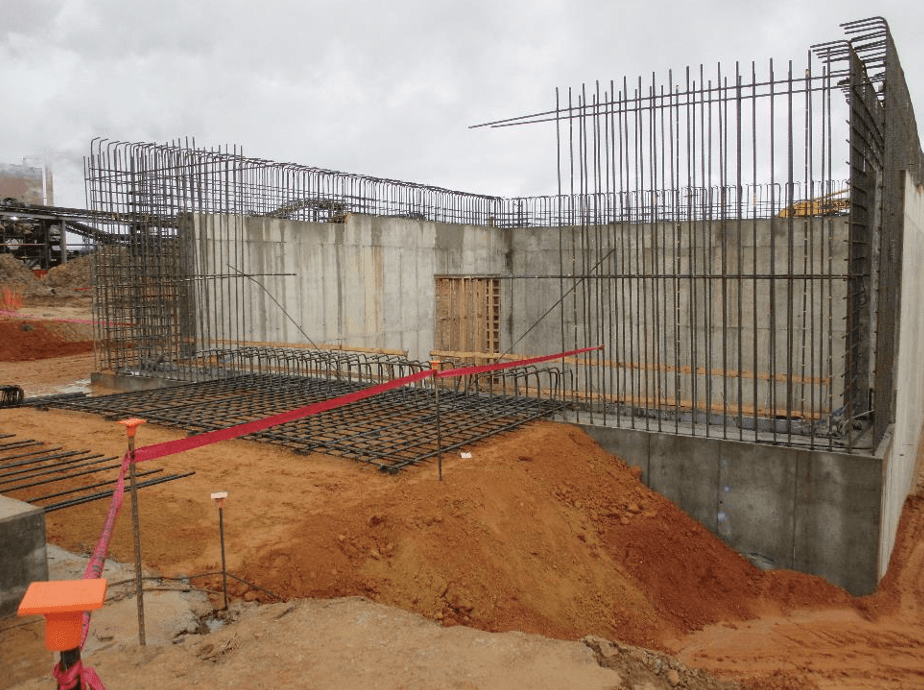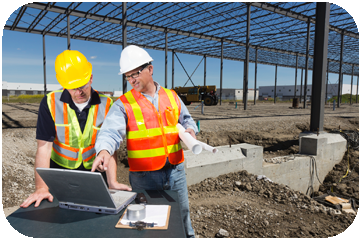Project Geotechnical Engineer Know-how for Large-Scale Developments
Project Geotechnical Engineer Know-how for Large-Scale Developments
Blog Article
Exactly How Consulting Engineers Enhance Geotechnical Design Projects: Insights Into Their Know-how, Approaches, and Collaborative Approaches
Consulting designers are pivotal in boosting geotechnical engineering projects, applying their specialized expertise to navigate the intricacies of subsurface problems. Their collaborative methods foster interaction amongst diverse project stakeholders, ultimately forming the task's trajectory.
Role of Consulting Engineers
The know-how of getting in touch with designers in geotechnical engineering is fundamental to the effective execution of building projects. These specialists play a pivotal role in evaluating dirt and rock buildings, which are critical variables influencing design and building and construction decisions. By performing detailed website examinations, speaking with engineers collect necessary information that informs the layout procedure, ensuring projects are developed on secure and ideal ground.
Consulting engineers additionally offer vital insights into threat monitoring (geotechnical geologist). They recognize potential geotechnical dangers, such as landslides, dirt liquefaction, and negotiation problems, allowing stakeholders to carry out reliable reduction techniques. Their know-how help in optimizing foundation layouts, which can cause significant cost financial savings and boosted security
Furthermore, speaking with designers offer as a crucial web link between project owners, engineers, and specialists. Their ability to equate complicated geotechnical information right into actionable recommendations fosters cooperation and facilitates educated decision-making throughout the job lifecycle. This multidisciplinary strategy not only enhances task efficiency but likewise ensures compliance with governing requirements and ideal methods.
Key Approaches in Geotechnical Engineering

One main methodology is site investigation, which involves performing field tests and lab evaluations to collect data on subsurface problems. Techniques such as Requirement Penetration Screening (SPT) and Cone Infiltration Screening (CPT) are widely made use of to evaluate dirt stratigraphy and stamina. Additionally, geophysical approaches, consisting of seismic and electric resistivity studies, provide non-invasive means to analyze subsurface attributes.
One more critical method is numerical modeling, which allows engineers to replicate various situations and forecast how soil-structure communications will behave under various loading problems. Limited Aspect Evaluation (FEA) is a common approach used in this context.
Moreover, the style of foundations, maintaining frameworks, and earthworks relies greatly on these techniques - geotechnical geologist. By incorporating advanced analytical devices with area information, seeking advice from designers can establish customized solutions that deal with details task obstacles, inevitably contributing to the stability and safety and security of building and construction tasks
Importance of Dirt Analysis
Dirt analysis serves as a fundamental element in geotechnical engineering, giving vital understandings into the physical and chemical buildings of soil necessary for effective building and construction preparation. Comprehending dirt attributes is critical for identifying its load-bearing Read Full Report capability, drainage habits, and capacity for negotiation or instability. Thorough dirt examinations, consisting of tasting and lab testing, assistance identify criteria such as dirt kind, moisture material, density, and shear strength.
These evaluations notify the selection of proper construction strategies and materials, ultimately influencing project safety and security and longevity. For example, natural soils might require various foundation designs contrasted to granular dirts, demanding tailored engineering services. Furthermore, soil analysis aids in recognizing contaminants that could present dangers to human health or the atmosphere, enabling for the development of reduction methods.
Incorporating dirt analysis right into the onset of project advancement helps to decrease unexpected challenges, ensuring that engineers can prepare for and resolve prospective problems before they escalate. By developing a thorough understanding of the website conditions, seeking advice from designers can maximize layout efficiency and lower prices, consequently improving the overall success of geotechnical engineering tasks.
Collaborative Approaches in Projects
Successful geotechnical projects frequently rest on collective techniques that combine varied competence from various disciplines. Effective cooperation amongst consulting engineers, geologists, ecological researchers, and building professionals is crucial for addressing intricate challenges and enhancing job results. By leveraging the one-of-a-kind abilities and knowledge of each staff member, projects can gain from an all natural understanding of the website problems, regulative requirements, and engineering constraints.
Regular communication and interdisciplinary meetings promote the sharing of understandings and promote a society of synergy. These collaborative initiatives allow the identification of prospective risks early in the task lifecycle, permitting prompt reduction methods. In addition, incorporating responses from stakeholders, including regional areas and regulative companies, makes sure that all point of views are considered, improving project approval and compliance.
Additionally, the integration of innovative technologies, such as Geographic Info look at this website Solution (GIS) and Structure Information Modeling (BIM), further boosts cooperation. These devices permit for the real-time sharing of data and visualization of geotechnical conditions, advertising informed decision-making. Ultimately, a collective method not only simplifies project implementation but likewise lays the structure for cutting-edge solutions to complex geotechnical engineering obstacles.
Effect On Project Outcomes

Consulting engineers use innovative approaches such as danger analysis and predictive modeling, which boost the accuracy of project projections. Their ability to integrate cutting-edge technologies, like geotechnical instrumentation and data analytics, additionally fine-tunes the style and construction procedures. Consequently, projects experience improved effectiveness, lowered prices, and minimized hold-ups.
Moreover, fostering reliable communication and collaboration amongst group participants boosts analytic capacities. When challenges develop, a united front permits for quick identification of remedies, preventing potential problems. Eventually, the collaborative efforts of getting in touch with designers add to better results, guaranteeing that jobs meet both regulatory requirements and client assumptions.
Verdict

Report this page